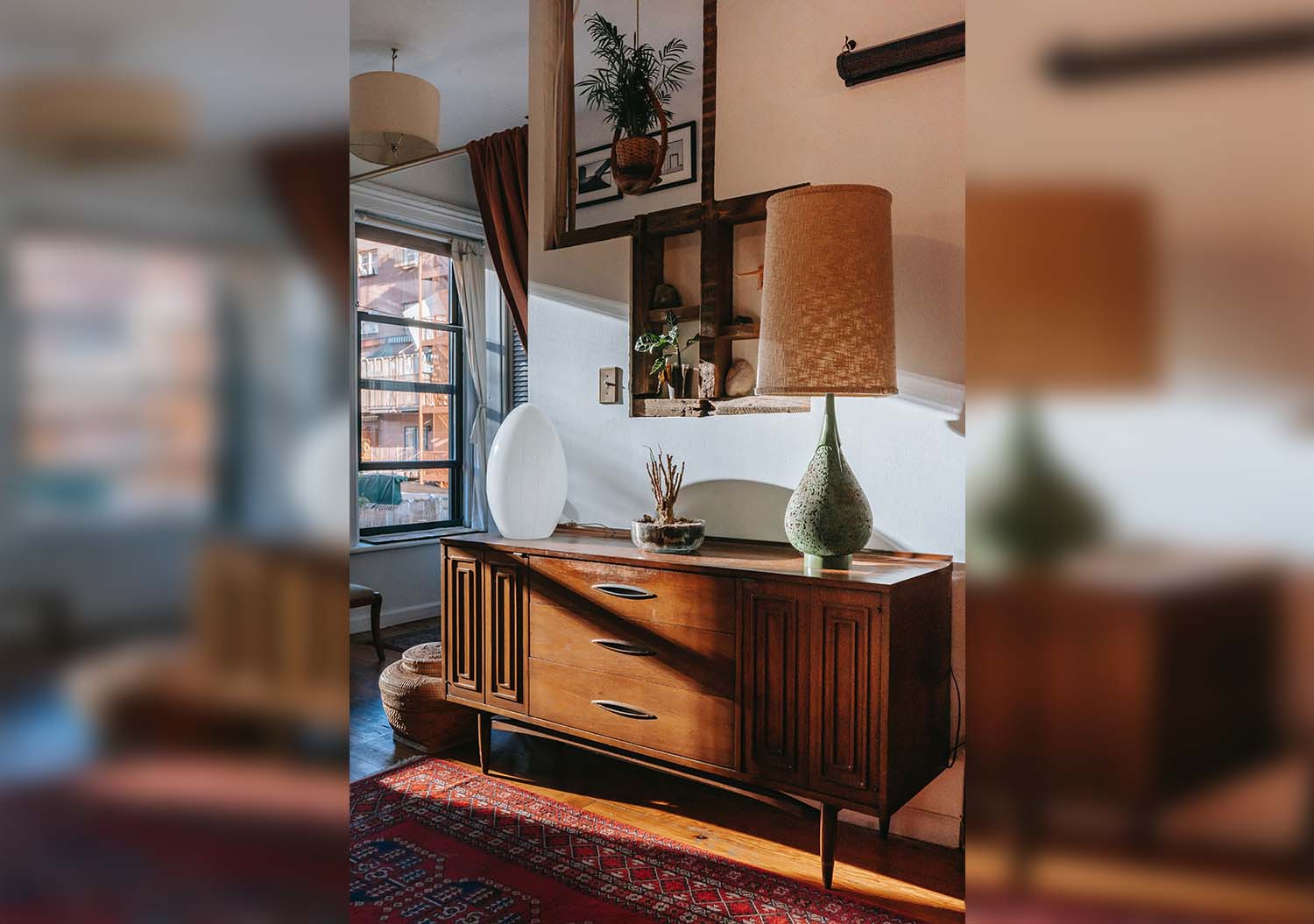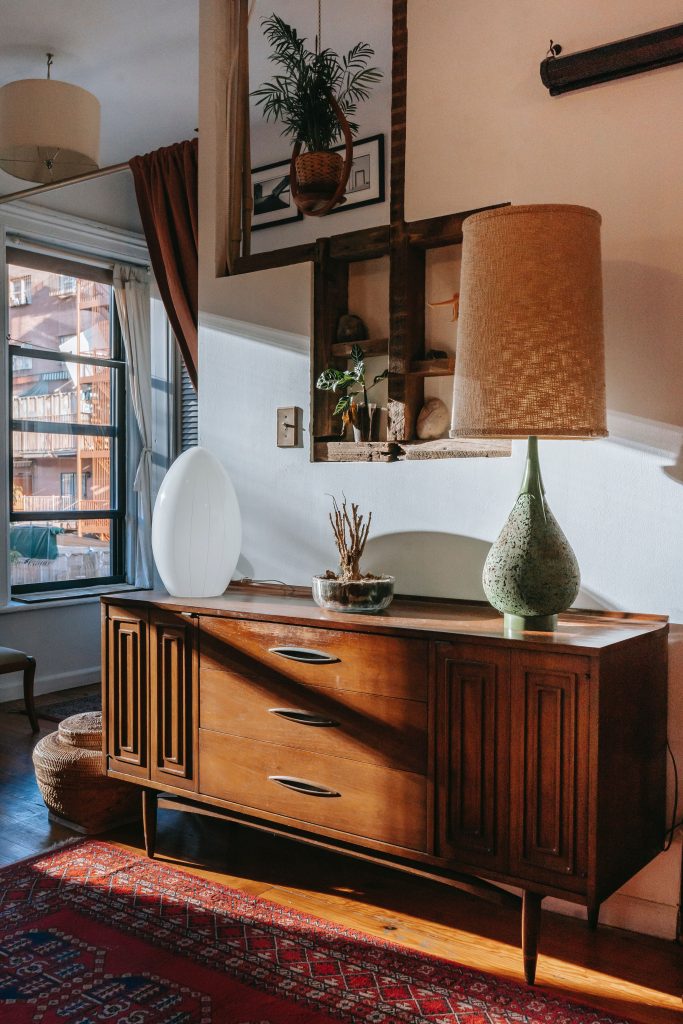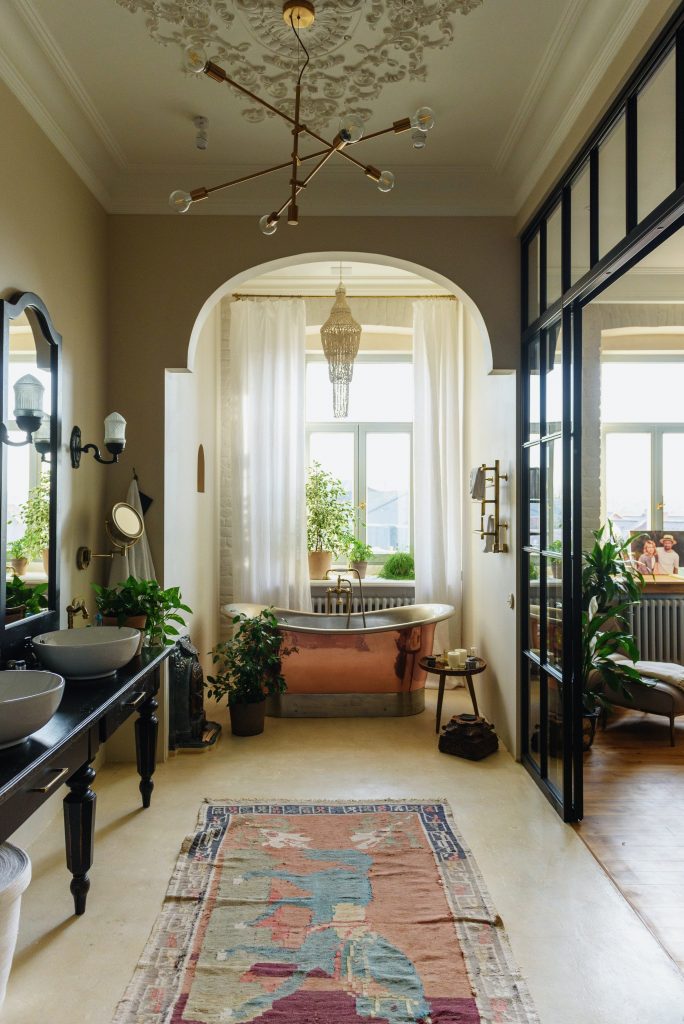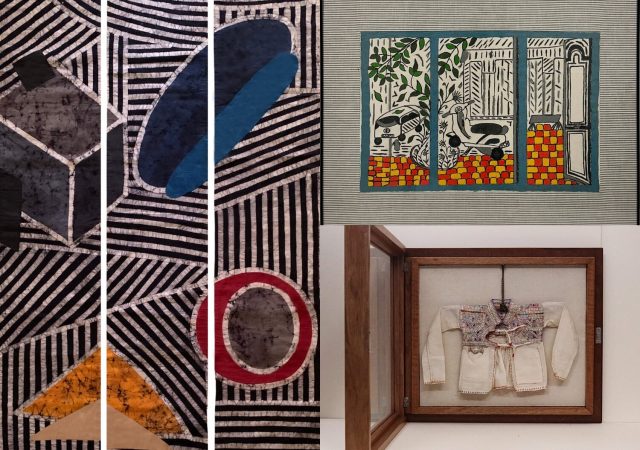In today’s ever-evolving society, the concept of family has expanded to encompass a new trend: multigenerational living. As more families choose to share their homes with multiple generations, interior design must adapt to accommodate each family member’s diverse needs and preferences. Designing for multigenerational homes is a delicate balancing act, requiring a thoughtful fusion of functionality and style. Let’s explore how to create harmonious living spaces that cater to everyone’s needs in a way that is aesthetically pleasing and practical.
Functionality – accessibility and privacy
First and foremost, when designing for multigenerational homes, it is essential to prioritise functionality. Consider the unique requirements of each generation, paying attention to accessibility, safety, and ease of movement. For instance, incorporating wider doorways and hallways can facilitate wheelchair or walker navigation, ensuring that elderly family members can move around the house comfortably. Similarly, installing grab bars in bathrooms and non-slip flooring surfaces will enhance safety for all residents.
Privacy is another crucial aspect of making these homes functional and comfortable for the inhabitants. Multigenerational homes often consist of multiple individuals with different lifestyles and schedules. Designing separate living areas, such as guest suites or self-contained apartments, allows for privacy and independence while fostering a sense of togetherness. Incorporating soundproofing materials and thoughtful spatial planning allows you to create intimate spaces that provide solitude when needed. While creating private spaces is crucial, it is also essential to add communal spaces that foster bonding, encourage interaction, and create opportunities for family members to come together. A well-designed open-plan kitchen, for example, can serve as a hub for socialising and culinary activities. Consider incorporating comfortable seating areas and game tables where family members can gather to relax and connect.
Style – Neutral base palette, natural light and flexible furniture
While functionality is paramount, style should never be compromised. Each generation brings its own design preferences and aesthetics, and it is the designer’s role to find common ground that pleases everyone. Opt for a neutral base palette and introduce pops of colour and texture through furnishings and accessories. This approach allows for personalisation while maintaining a cohesive overall look. Consider incorporating elements that evoke nostalgia for older family members, such as vintage furniture or family heirlooms, while infusing contemporary touches for the younger generations.












